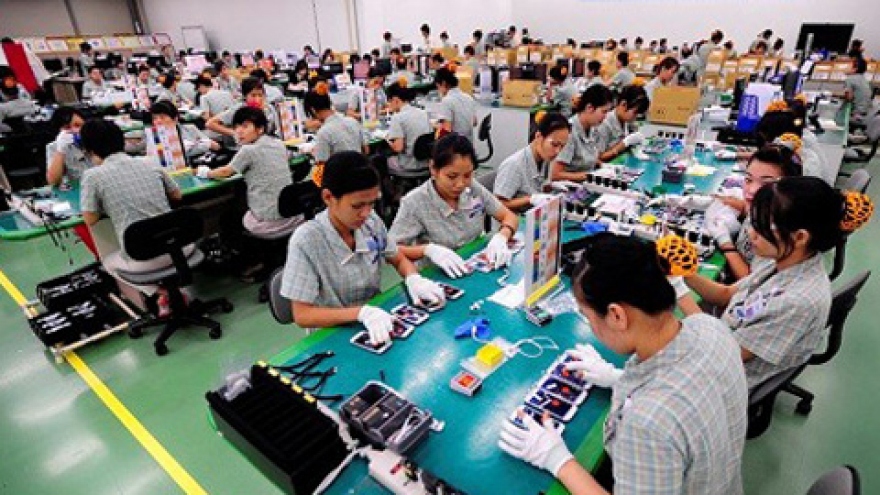VPA expects pepper prices to soften
VOV.VN - Pepper shipments from Vietnam, the globe’s largest producer, will likely rise 13% this year, putting downward pressure on export prices, said leaders at a recent conference in Hanoi assessing the industry’s prospects for the year.
At the conference, Do Ha Nam, chairman of the Vietnam Pepper Association (VPA), forecast that exports would climb to 150,000 metric tons from the roughly 133,000 metric tons that were sent overseas last year.
“While production will rise an estimated 13% to approximately 150,000 metric tons,” he said output from competitors India, Indonesia and Malaysia would most likely decline in the aftermath of El Nino, limiting the overall effect on global supply.
The average export price of Vietnamese pepper would be in the mid-range of prices over the last two years, Nam said, “lower than last year’s selling price, yet still higher than the selling price in 2014.”
“Official government statistics show the average selling rate was about US$9,500 a metric ton in 2015 up from US$7,750 the year before.”
Growers have been wisely managing their pepper inventories over the past year said Nam, and as a result they are in the driver’s seat when it comes to controlling pepper prices and preventing any extreme drop.
“On the one hand, they need money to operate their farms and sales are profitable, so there’s no reason to hold back from selling,” said Nam.
“But on the other hand they can hold back if the need arises and prevent any drastic decline in rates.”
 |
Nguyen Van Hoa, deputy director of Cultivation Department of the Ministry of Agriculture and Rural Development, in turn said the area of pepper plantings would rise to an estimated 101,741 hectares this year, from 85,000 hectares last year.
The new vines would take three years to mature and come into full production, eventually creating a drag on sale prices, said Hoa.
He also dilated on needed changes related to testing and managing the quality of seedlings in the industry to compensate for some recently detected shortcomings by researchers, which should improve pepper plants durability.
For his part, Hoang Phuoc Binh, head of Chu Se Pepper Association in Tay Nguyen (Central Highlands) province of Gia Lai, talked about the need to cut back on the amount of land that is under cultivation.
He suggested that it would be better management for the pepper industry to remove less arable and unprofitable land from cultivation saying that it would have a favourable ecological and environmental impact.
It would put the national interest ahead of the quest for profits, he concluded.



